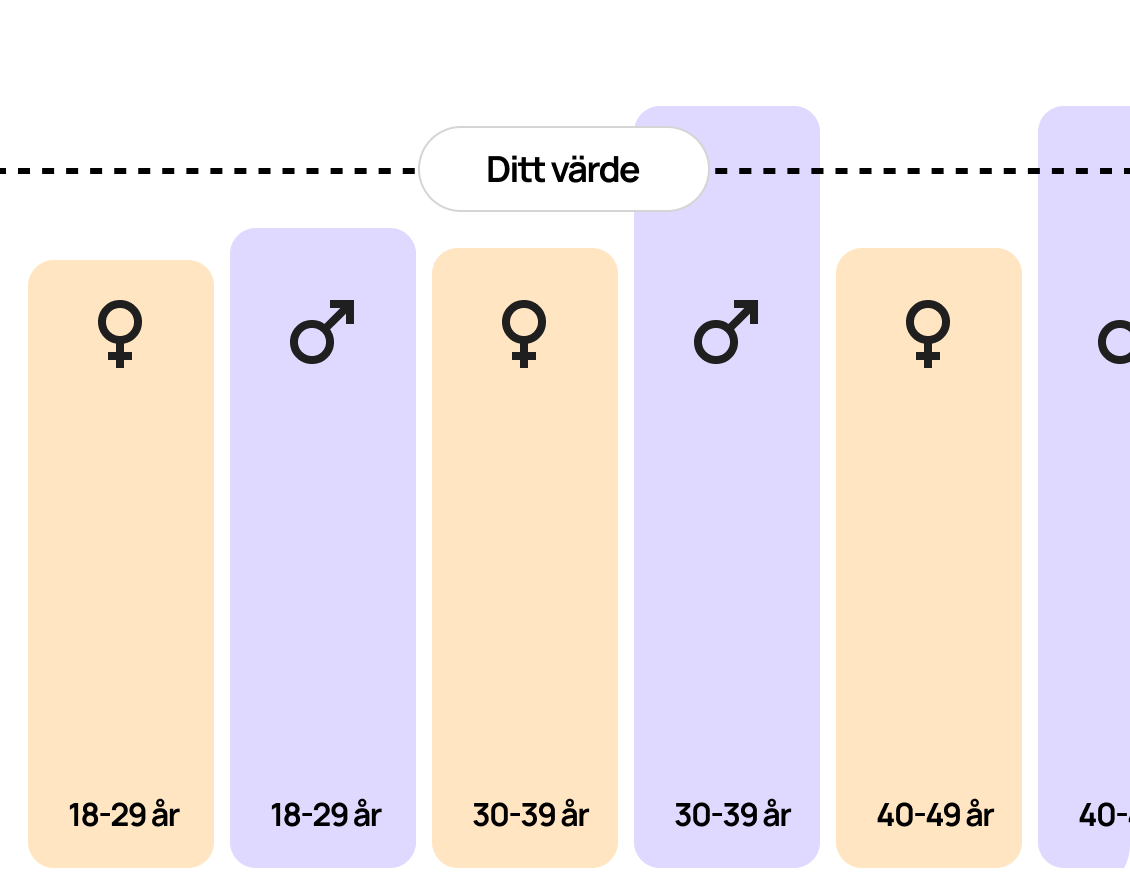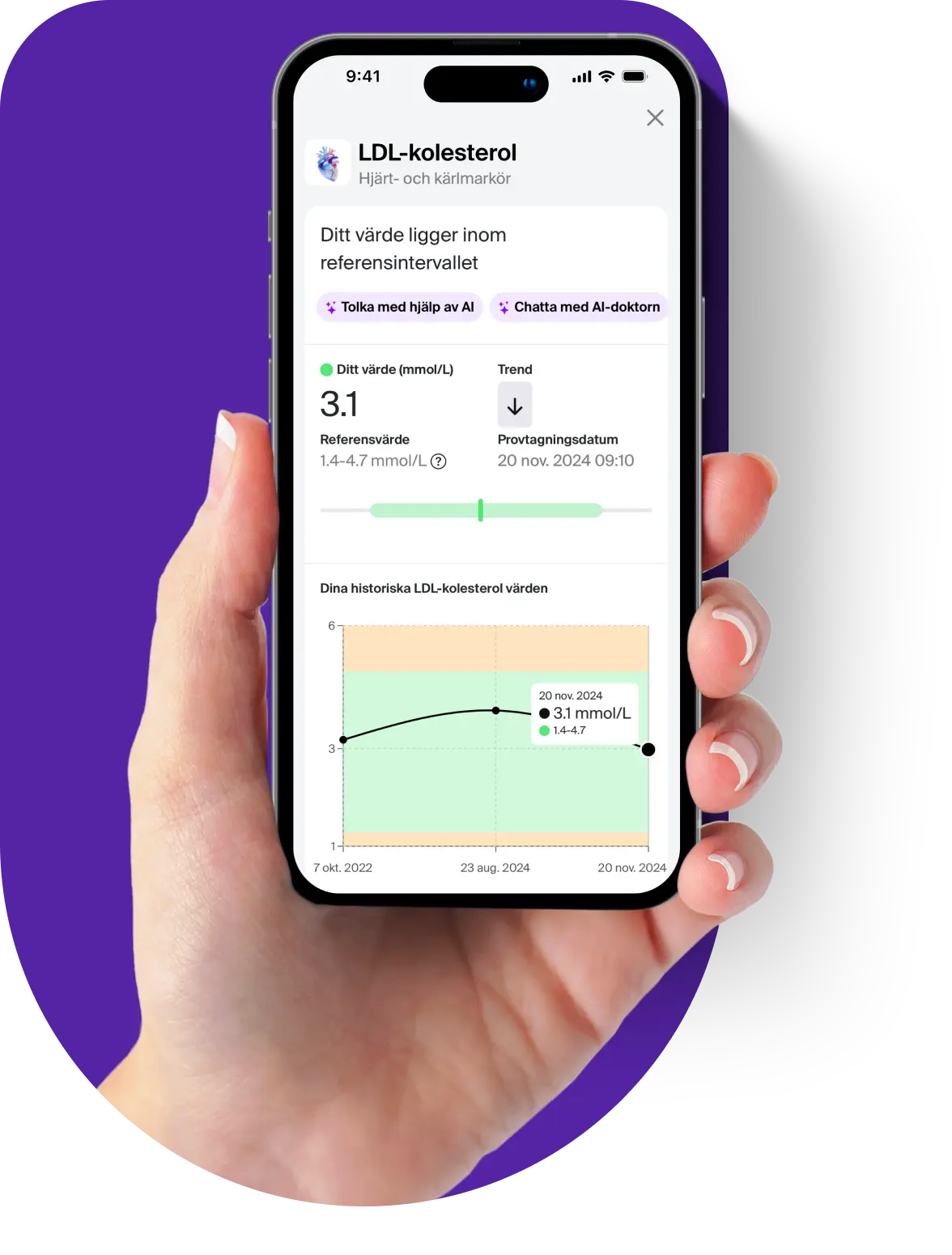It may be useful to test the levels of basophilic granulocytes if you suspect that you are suffering from an allergic reaction or a form of leukemia or if you have symptoms that may indicate infection or disease in the bone marrow.
Your basophil granulocytes indicate an immune response
Basophil granulocytes are a type of white blood cell that play a crucial role in the body's immune defense. They are involved in allergic reactions and inflammatory processes by releasing histamine and other chemical mediators. When the body is exposed to allergens, infections, or other immunological stimuli, basophil granulocytes can rapidly respond by triggering an inflammatory reaction. This can lead to symptoms such as swelling, itching, redness, and increased mucus production, which are commonly seen in conditions like asthma, hay fever, and chronic inflammatory diseases.
Why are basophil granulocytes tested?
A blood test for basophil granulocytes may be relevant in cases where there is suspicion of:
- Allergic reactions: Elevated levels may indicate allergic conditions such as asthma, hay fever, or chronic urticaria.
- Infections and inflammation: Increased levels may be observed in chronic inflammatory diseases such as rheumatoid arthritis or inflammatory bowel disease.
- Hematologic disorders: Elevated values may be seen in certain types of leukemia, such as chronic myeloid leukemia (CML).
- Bone marrow disorders: Low levels may occur in diseases affecting bone marrow function, such as aplastic anemia.
Normal and abnormal levels
Basophil granulocytes normally constitute less than 1% of total white blood cells. Abnormal levels should always be assessed in conjunction with other blood parameters and in consultation with a physician.
Measuring basophil granulocytes can provide important information about immune function and assist in diagnosing allergies, infections, and hematologic diseases. Abnormal values should be further investigated based on the patient’s symptoms and additional test results. Basophil granulocytes are included in the differential count of B cells along with other white blood cells.
































